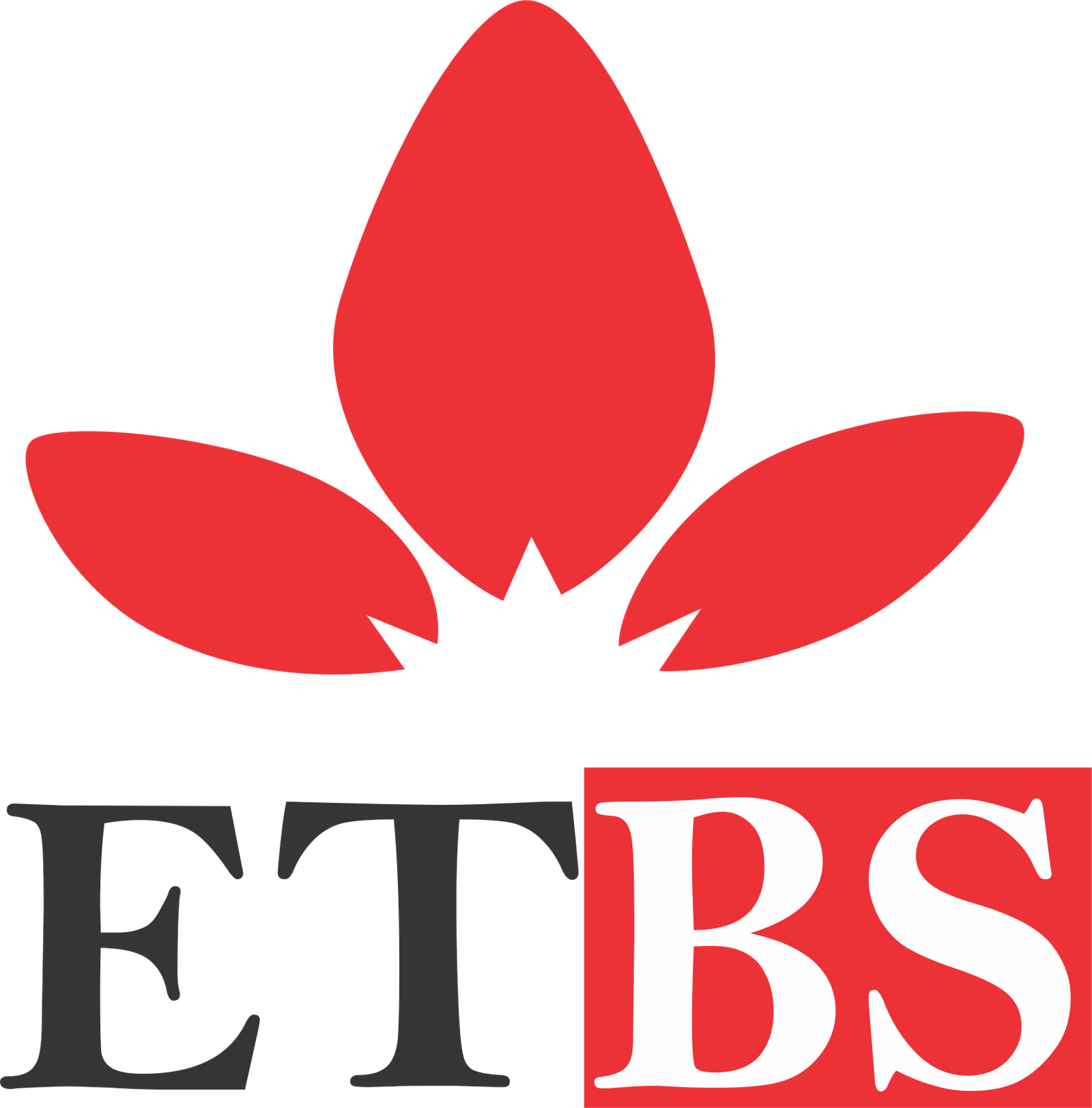 EarthTab Business School
EarthTab Business School
☰
|

Course Overview Welcome To Earth Tab Business School. My name is Jonas Auer and I will be Course Preceptor For The Course History Of Film And Cinema. The History of Film and Cinema course is an in-depth academic and cultural exploration of cinema as a global artistic, technological, and sociopolitical phenomenon. From the flickering images of the Lumière Brothers’ Cinematograph to the modern digital cinema revolution, this course traces the rich tapestry of motion picture history, its invention, evolution, global influence, artistic trends, and societal impact. You will critically engage with the major eras, movements, genres, and auteurs that shaped the cinematic medium. Through lectures, screenings, discussions, and scholarly critique, the course reveals how cinema has reflected, constructed, and contested cultural identities, political ideologies, gender roles, economic systems, and global conflicts. This comprehensive course fuses historical narration with theoretical inquiry and includes perspectives from film theory, semiotics, philosophy, technology, economics, and cultural studies. It not only maps the aesthetic and technological evolution of cinema from silent films to sound, from celluloid to digital but also investigates how cinema has responded to and shaped the modern world. You will examine national cinemas (Hollywood, Nollywood, Bollywood, Japanese, French New Wave, Italian Neorealism, etc.), major movements (German Expressionism, Soviet Montage, New Hollywood, African Cinema, etc.), technological innovations (talkies, color, special effects, CGI, streaming), and iconic directors (Hitchcock, Eisenstein, Kubrick, Fellini, Akira Kurosawa, Ousmane Sembène, and others). They will also explore contemporary issues like globalization, censorship, cultural appropriation, identity politics, gender representation, and the rise of independent cinema. By the end of this course, you will: Understand the historical origins and key phases of global cinema. Analyze the interplay between film, society, and ideology across different eras. Identify major movements, genres, and cinematic aesthetics. Explore technological advances and their influence on film form and distribution. Compare and contrast national cinema traditions and global storytelling cultures. Critically evaluate the works of key filmmakers and theorists. Investigate cinema’s role in identity, politics, memory, propaganda, resistance, and change. Pre-cinema technologies: Magic Lanterns, Zoetropes, Kinetoscope Lumière Brothers vs. Georges Méliès: Documentary vs. Fantasy Rise of narrative film: Edwin S. Porter’s The Great Train Robbery Charlie Chaplin, Buster Keaton, and physical comedy D. W. Griffith and the development of continuity editing The Jazz Singer (1927) and the "talkie" revolution Studio system: MGM, Warner Bros., Paramount Star system and genre proliferation: musicals, screwball comedies, gangster films Film during the Great Depression and WWII Censorship and the Hays Code German Expressionism (e.g., The Cabinet of Dr. Caligari) Soviet Montage Theory: Eisenstein and Vertov Italian Neorealism: Rossellini, De Sica, post-war poverty narratives French New Wave: Godard, Truffaut, and cinéma vérité British Kitchen Sink Realism Rise of Japanese Cinema: Ozu, Kurosawa, and samurai films African cinema’s birth and resistance narratives: Ousmane Sembène Latin American Third Cinema: Solanas, Glauber Rocha Bollywood’s epic melodrama and musical traditions Chinese and Iranian New Wave cinema Cinema as cultural reclamation and identity assertion End of the Production Code, rise of antiheroes and realism Directors as authors: Scorsese, Coppola, Kubrick, Spielberg Film schools and the Hollywood Renaissance Rise of blockbuster cinema: Jaws, Star Wars The VHS revolution and home video consumption Digital filmmaking, CGI, and non-linear editing Independent film boom: Sundance, Miramax, indie auteurs Global streaming platforms and Netflix/Amazon disruption Nollywood: digital revolution and African storytelling Transnational cinema and diasporic filmmakers Semiotics, psychoanalysis, Marxist theory in film Feminist film theory: Laura Mulvey’s “male gaze” Queer cinema and LGBTQ+ representation Documentary ethics and realism vs. reconstruction Spectatorship and affect theory Propaganda films: Triumph of the Will, war documentaries Films of resistance: apartheid, civil rights, Arab Spring Race and representation in American cinema Gender, class, and disability representation Censorship battles and freedom of expression Battleship Potemkin (1925) :Sergei Eisenstein Citizen Kane (1941) : Orson Welles Bicycle Thieves (1948) : Vittorio De Sica Rashomon (1950) : Akira Kurosawa La Jetée (1962) : Chris Marker Do the Right Thing (1989) : Spike Lee City of God (2002) : Fernando Meirelles Parasite (2019) : Bong Joon-ho Timbuktu (2014) : Abderrahmane Sissako The Woman King (2022) : Gina Prince-Bythewood Upon completing this course, you will be able to: Trace the development of film from its invention to the digital era. Distinguish major genres, movements, and styles across world cinema. Critically analyze film content, form, and ideological underpinnings. Apply film theory to visual narratives and production aesthetics. Connect cinema to broader cultural, historical, and political contexts. Identify the contributions of underrepresented filmmakers and film cultures. Recognize cinema's evolving role in shaping and challenging social norms. Assessment Methods Film Review Essays Weekly Discussion Forums and Screenings Research Project (e.g., Comparative Film Movement Study) Final Examination Storyboard or Short Video Project (Optional) Bordwell, David & Kristin Thompson Film History: An Introduction Cook, David A. ; A History of Narrative Film Stam, Robert : Film Theory: An Introduction Mulvey, Laura : Visual and Other Pleasures Okome, Onookome : Nollywood: Africa at the Movies I look forward to congratulating you upon the completion of this course.Core Objectives
Major Themes and Topics
Module 1: Invention of Cinema and the Silent Film Era (1895–1927)
Module 2: The Introduction of Sound and the Golden Age of Hollywood (1927–1945)
Module 3: Global Cinema Movements and National Styles
Module 4: Post-War Cinema and Decolonization of the Screen
Module 5: The New Hollywood and Auteur Theory (1960s–1980s)
Module 6: Digital Cinema, Globalization, and Independent Movements (1990s to Present)
Module 7: Film Theory, Criticism, and Aesthetics
Module 8: Cinema and Society: Identity, Politics, and Protest
Key Films for Study and Analysis
Learning Outcomes
Recommended Texts

Unlocking Professional Potential through world-class assessments and industry-ready training.
"Empowering Professionals through practical, accessible online business education"
- Blessing Princess Agho
 Founder/Lead Instructor
Founder/Lead Instructor